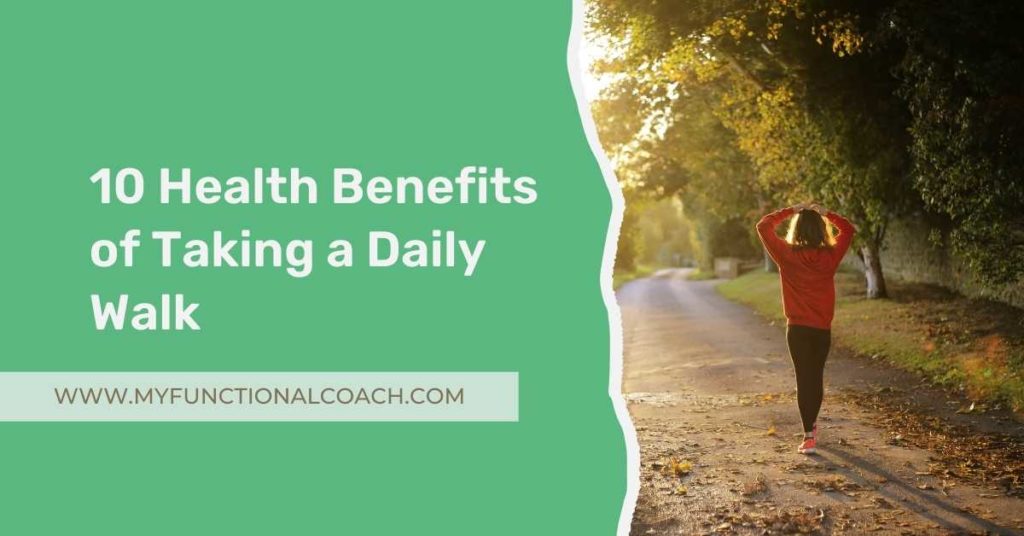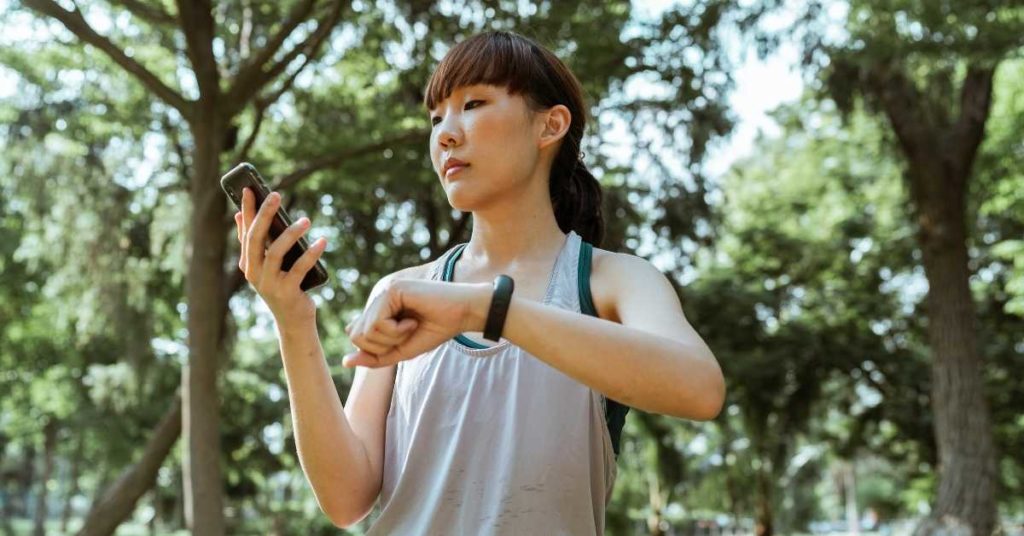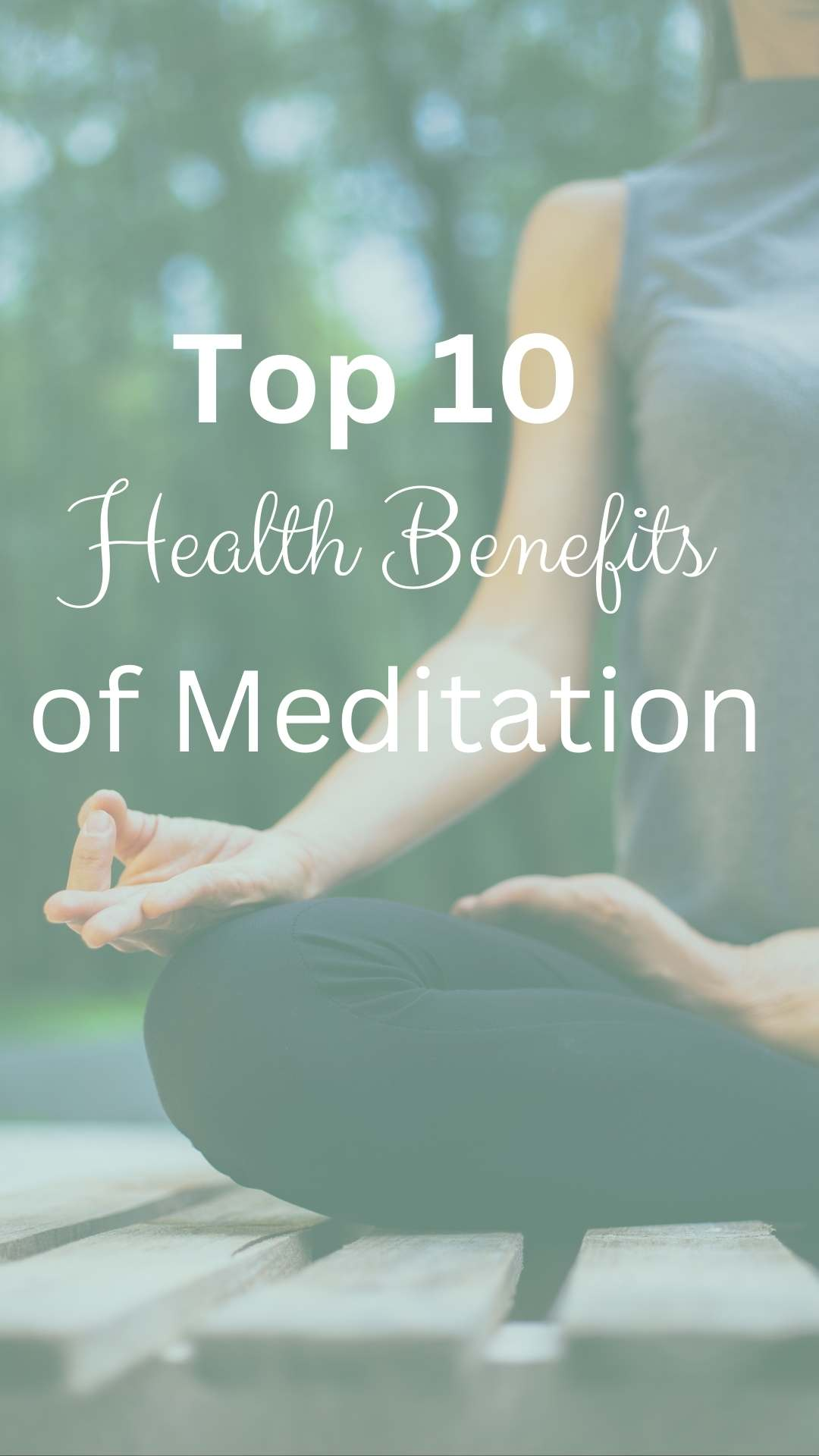
It’s never too late to start living a healthier lifestyle. The sooner you get started, the better! Most people don’t get enough physical activity, and walking is one of the most accessible forms of exercise to improve your overall health. The health benefits of regular walking are endless– from weight loss and lowering blood pressure to stress management. Walking is an activity you can do at any age or stage in your life! Read this blog post for eight reasons why you should incorporate walking into your fitness routine now. Learn how to make this simple movement part of your daily routine.
Walking boosts energy levels.
One of the health benefits of walking is an improvement in your energy levels. Walking for 30 minutes a day can improve your physical, mental, and emotional well-being. With this improvement to your well-being, you will have more energy to do the things you enjoy. Walking is a wonderful way to increase your productivity!
Walking helps with weight loss and maintaining a healthy weight.
Walking is a low-impact exercise that can help you lose weight and maintain your health. When you walk, you burn calories, which helps you lose weight and get fit.
If you are beginning a fitness routine, a short trek is a fine place to start. As you progress, pick up the pace and increase your distance. You burn more calories when walking at a rapid rate of four miles per hour instead of strolling.
If you’re already at an ideal weight, regular walking will help keep the pounds off! Simply add one or two walks into your day to begin this healthy activity.
Walking lowers the risk of heart disease and stroke.
Not only does it help keep your weight under control, but walking also reduces the risk of heart disease by as much as 35%. It’s especially effective at reducing high blood pressure levels. Lowering your blood pressure decreases your risk for stroke or heart attack.
Walking lowers your risk for type two diabetes.
For those with type two diabetes, walking will also improve glucose tolerance — helping control high blood sugar levels. Some studies suggest it may even prevent type two from developing altogether! One study showed that walking after meals helped control blood sugar spikes in older adults, who are especially prone to diabetes.
Walking strengthens bones and muscles.
Since walking is a low-impact, gentle exercise, it’s one of the safest ways to strengthen bones and muscles. Walking is good for your bones. Walking makes your bones stronger, so they are less likely to break when you have an accident. It also improves balance, which reduces your risk for falls as you get older.

It’s a terrific way to de-stress after work by getting some fresh air.
Walking is a great way to reduce stress, lowering your risk for the chronic conditions mentioned above. Walking outdoors in nature has been shown to reduce cortisol levels – our body’s response to stress. If you are feeling particularly stressed or overwhelmed because of work, then go for a walk outside. It may help you feel better and calmer.
Walking improves your mood by releasing endorphins.
Not only does it help reduce cortisol levels, but walking also improves your mood by releasing the feel-good hormones called “endorphins.” It’s a natural way to boost serotonin which helps improve sleep and keep depression at bay. If you’re feeling down in the dumps or need an extra burst of energy after work– take that walk! You’ll be happier for it later on.
Walking improves the quality of sleep.
As mentioned above, walking boosts serotonin which helps improve sleep. Not only that, but walking also helps decrease stress and anxiety, which can keep people up at night. The average person needs 7-9 hours of shut-eye each night to function at their best. So if you are having a hard time getting that amount of sleep, try walking.
Walking boosts creativity.
Walking can increase creativity and help you think more clearly, which is especially helpful if your job requires a lot of focus or mental energy throughout the day. Walking also allows you to connect with your thoughts and feelings.
After a long day at work, it’s nice to go outside for a walk so that we can clear our heads from the daily grind. Walking might help you when you’re stressed, frantic, or aggravated, since it allows you to clear your thoughts. This clarity will help you resolve the problems that are taking up space in your head.
Walking keeps your memory sharp.
The Proceedings of the National Academies of Sciences showed that taking a walk can improve memory function in older individuals by increasing hippocampal volume. The hippocampus, the part of your brain responsible for memory, has been shown to grow larger in physically active individuals.
How much walking is healthy?
The Physical Activity Guidelines from the U.S. Department of Health and Human Services recommend getting at least 150 minutes of moderate aerobic activity or 75 minutes of vigorous exercise spread out throughout each week.
How fast should I walk?
According to an article on Healthline, try walking at a brisk pace… a pace that allows you to converse with someone else without having to stop and catch your breath. If you’re out of breath or feeling too tired halfway through the walk, then slow down to a moderate pace! Brisk walking will help you burn more calories and tone your muscles, but listening to what your body tells you is also essential.
Make a daily walk part of your routine!

A daily walking routine is one of the best ways to stay healthy. Before you begin your walking program, please check with your doctor. Here’s how you can incorporate it into your routine:
1. Start with a 10-minutes of brisk walking. Add five minutes each day until you reach 45 minutes.
2. Form a walking group or join one that already exists. Search meetup.com for walking clubs near you. Or hang out with friends, coworkers, or family members who enjoy being active. Encourage each other to go on walks together!
3. Set your alarm to remind yourself that it’s time for your walk, or set up a reminder on your phone.
4. Find the most scenic route in your area and enjoy nature along the way!
5. Put on some music or a podcast to make the experience more enjoyable.
Walking on a treadmill is another great way to accomplish your daily walk!
If the weather is not cooperating or you don’t have a safe place to walk, a treadmill is an option. If you don’t have a treadmill at home, most health clubs have treadmills.
Footwear for walking
The only equipment you need for walking is a good pair of walking shoes.
If you are unsure which shoes to wear for walking, it is best to visit a trained professional at a local athletic store.
They will recommend the proper footwear based on factors such as arch height, weight, and activity level.
Wearing a pedometer or other wearable device while walking is an excellent way to track your physical activity.

You can purchase one online or at most local health retailers.
Pedometers measure the number of steps you take, and you can wear them on your waistband or in your pocket. There are also many wearable devices for your wrist. I have the Apple watch and love it! I’ve also used Fitbit in the past and highly recommend that as well. Check out some bestselling fitness trackers here!
The key is to find something comfortable enough for you to wear throughout the day. You will be more likely to wear it!
Conclusion
It’s never too late to start walking and experiencing the many health benefits of walking. If you haven’t exercised in a while, it might be tough to know how to begin or hold yourself accountable. That’s why I created a walking challenge! The challenge is simple: get out there every day for 30 days straight (no matter what) and walk one mile per day – no excuses! Make it part of your daily routine. You can use the page to document your walking journey. You may notice results after just two weeks because the benefits of walking include better heart health, a decrease of chronic disease, weight loss, etc., not to mention all the time you’re saving by being more efficient at work. Sign up today, and let’s walk!
Disclaimer: I am not a medical doctor, therapist, Registered Dietitian, or financial advisor. The information presented is purely for informational purposes. Check with a doctor or other professional before making any nutritional, fitness, lifestyle, or financial changes. The author and blog disclaim liability for any damage, mishap, or injury that may occur from engaging in any suggestions or ideas from this site.


